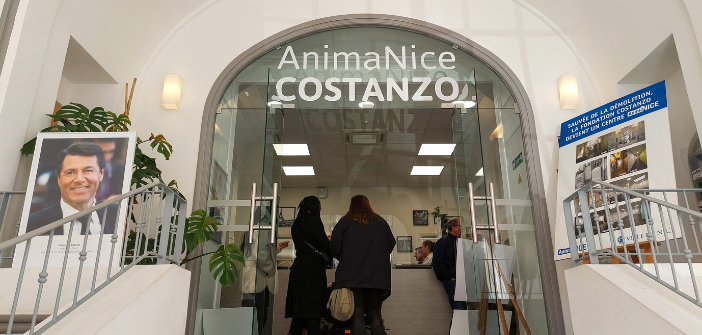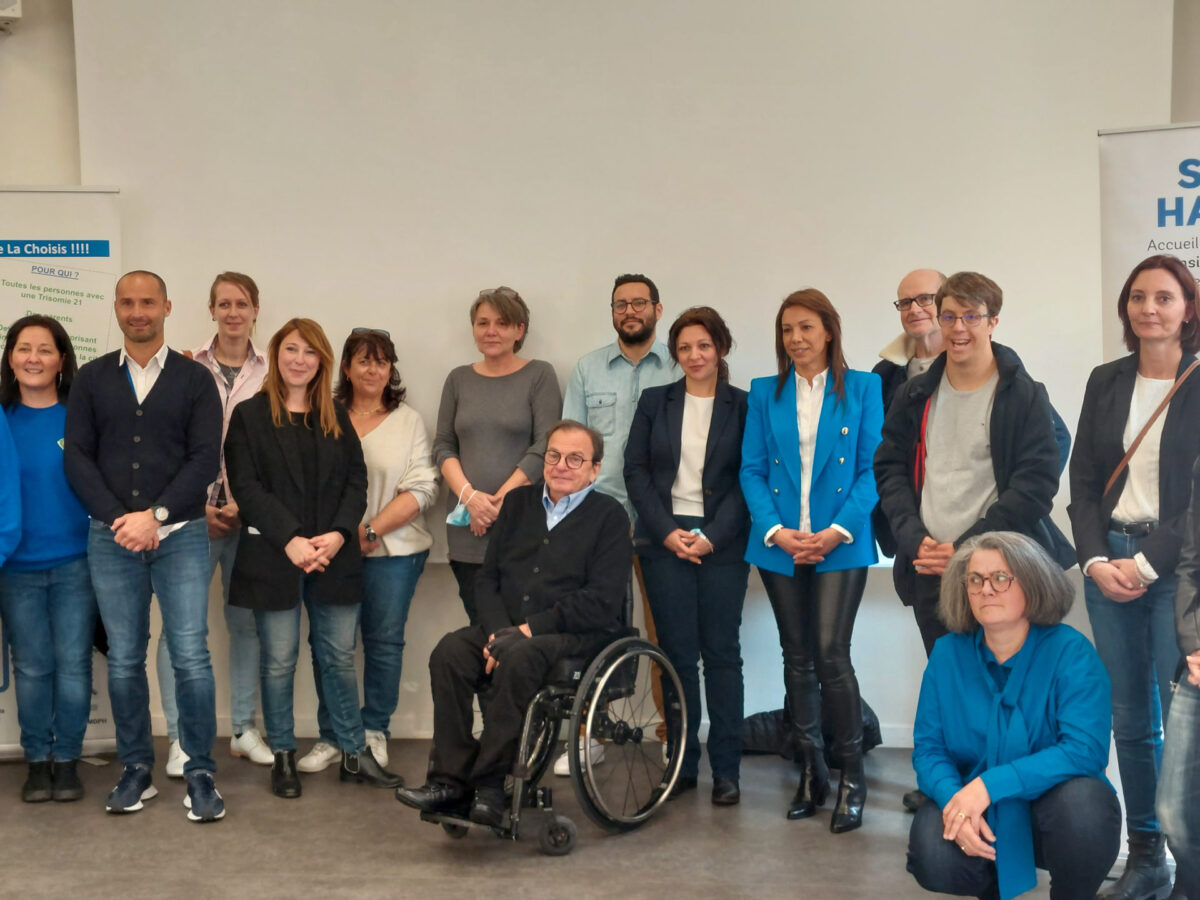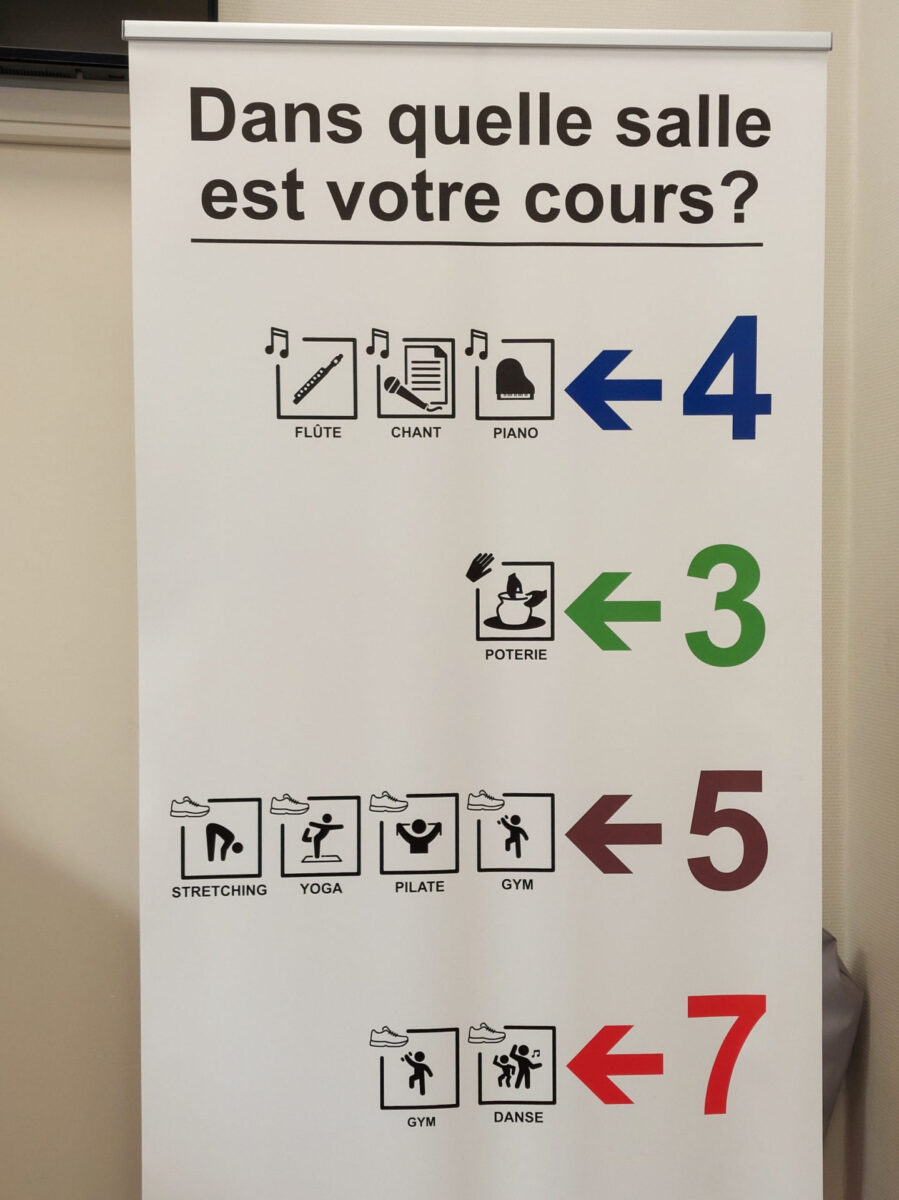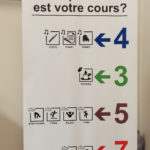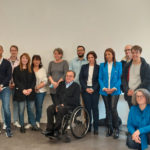At the beginning of the week, we attended the inauguration of the AnimaNice Costanzo experiment aiming to make the center a 100% inclusive site.
Indeed, since 2019, the city of Nice and the Association Trisomie 21 have decided to combine their skills and resources through the development of a 100% inclusive site.
Several changes have been made to adapt this center to everyone; the goal being to allow everyone access to the activities offered in full autonomy, both in the choice of activities and in participation.
First of all, by creating communication tools following the FALC method, Easy to Read and Understand, which allows people with different abilities to access information and be aware of the entire program.
For this, a new presentation brochure for the site and activities was developed, as well as new signage to facilitate orientation and navigation for users (arrows, color codes, pictograms, signs).
Moreover, a handicap awareness training, co-led by the Trisomy 21 association and the city’s “coccinelles” services, was implemented for the reception staff and facilitators at the centers. These “external” people to the center were able to share their expertise and knowledge of their audience to enable the staff of this AnimaNice to identify the specific needs of users and offer personalized support to those who wish it.
They were able to learn what to keep in mind about intellectual disability in terms of fatigue, medical terms, and communication axes that facilitate participation and the confidence of individuals to welcome them in the best manner and make them comfortable.
All these changes, which are interesting for everyone, both for people with intellectual disabilities, dyslexic individuals, children who cannot read or read very little, or even for foreigners, facilitate participation and thereby allow them to partake in social life.
Jacques Dejeandile, deputy mayor for disability and accessibility, explained to us how this project was born. Initially, there were four of them: the director of the Costanzo center, a person from the Trisomy 21 association, the disability service, and himself. They met with the realization that people with intellectual disabilities didn’t dare to come to the center for fear of reception and fear of not finding their place.
They decided to work on signage, arrows, programs, and brochures that were very complicated, and then the training of educators and reception as we saw earlier.
Since then, people can easily find their way.
During the workshops, connections have been made, and no one feels excluded: “Friendships have been created, and that’s what we wanted,” he adds.
We then spoke with the animator from the Trisomy 21 Association, a partner in this project. Working within an inclusive society philosophy, it was important for them to allow the people they support to find their place and access all aspects of society.
This association being very close to the center, many of their members are interested in the activities available, so it was important to make participation more accessible to them.
Their work is to try to make people as autonomous as possible in areas of their life, and this accessibility work renders people active participants in their social life: “It allows them to be full-fledged adults and not depend on someone,” which is really essential for people.
Since September, the results have been very positive, people appreciated that AnimaNice received more comprehensive information about their disability. They have thus observed greater participation from individuals, and more people enrolled in activities.
To date, the site has 16 members with disabilities, including 12 new and 4 already registered in the previous season.
>
